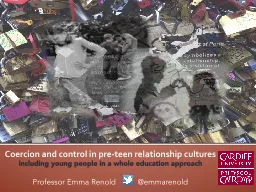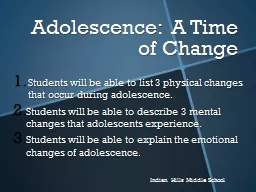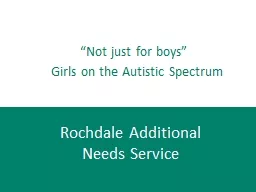PPT-Boys and girls do not display a significant difference in their
Author : giovanna-bartolotta | Published Date : 2018-03-12
abilities in STEM The cause is social and environmental Differences consistently appear in girls interest and confidence in STEM subjects starting at a very young
Presentation Embed Code
Download Presentation
Download Presentation The PPT/PDF document "Boys and girls do not display a signific..." is the property of its rightful owner. Permission is granted to download and print the materials on this website for personal, non-commercial use only, and to display it on your personal computer provided you do not modify the materials and that you retain all copyright notices contained in the materials. By downloading content from our website, you accept the terms of this agreement.
Boys and girls do not display a significant difference in their: Transcript
Download Rules Of Document
"Boys and girls do not display a significant difference in their"The content belongs to its owner. You may download and print it for personal use, without modification, and keep all copyright notices. By downloading, you agree to these terms.
Related Documents














